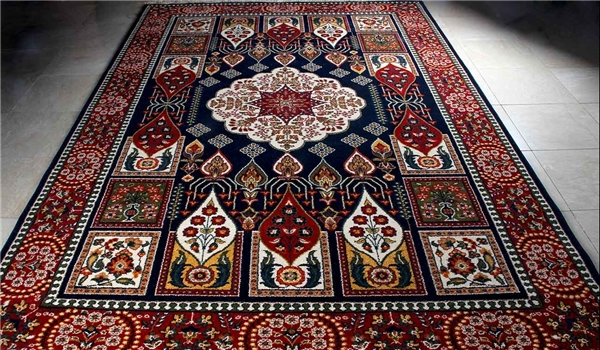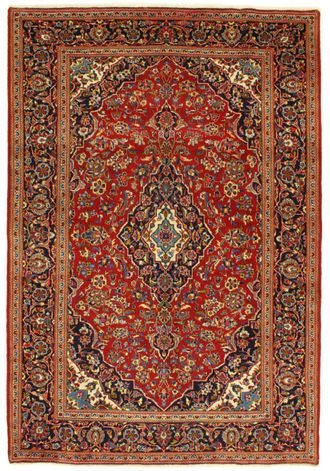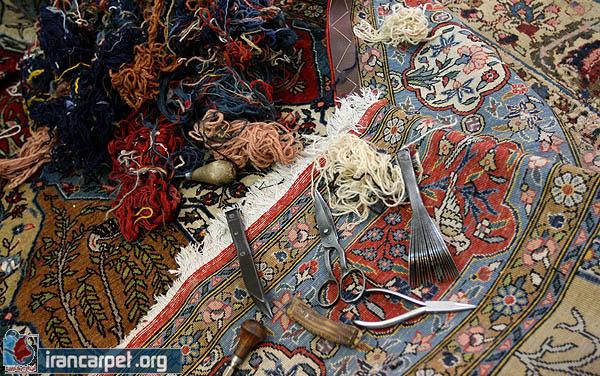
Health and safety
advice to carpets
Health and safety advice to carpets
Carpet
weaving is one of the difficult jobs in which the weaver carries on the carpet
weaving for a long time in unfavorable conditions.
1 -Workshop Building: In general, the carpet weaving building should be
appropriate to the weather conditions in the area and take into account the
amount of local heat and cold and wind and humidity. The walls and ceiling of
the workshop must be made of materials that prevent moisture, heat and cold from
penetrating the interior of the building, and the ceiling of the workshop must
be plastered to prevent insects from nesting in their seams.
2 – The workplace must be well ventilated to provide adequate air for workers.
It is best to use valves in the walls to remove suspended carpets from the rug.
3 – Due to the dust from the weaving and the suspended lint, it is recommended
that the carpet be installed in a room other than the living room that does not
harm the family’s health.
4 – The color of the wall and ceiling of the carpet workshop should be bright
and white.
5 – Carpet weaving workshops should
have adequate lighting because inadequate light will cause early fatigue and
will cause vision problems in the workplace. It is best to use natural light for
lighting the workshop, but yellow and white light should be used if for some
reason.
6 – The backpack seating area should be designed so that the carpet weaver can
sit comfortably and feel comfortable.
7 – The knitting board to be seated on should be firm and smooth surface and at
least 35 cm wide and should be covered with a piece of carpet or soft mattress.
8 – Installing a first aid kit with equipment as well as a fire extinguisher
capsule in the workshop area is essential to take immediate action in the event
of an accident.
9 – It is preferable to use less horizontal hinges because these hamstrings tend
to squat and bend while working, causing complications such as low back pain,
headache, joint pain, and so on.
10 – The number of machines used in the workshop should be proportional to the
space of the workshop.
11 – The rug should be firmly mounted perpendicular to the ground so as not to
cause rug bending and lumbar problems.
12. During the weaving, we used the legs (chairs, recliners, stools or boards,
etc.) to bring the calf and thigh angle to 90 degrees.
13 – The floor of the workshop can be washed and preferably mosaic, as the
cement absorbs moisture.
14 – Avoid storage of toxic and chemicals
in the workshop.
15 – Raw materials such as cotton, wool and silk should be disinfected before
use to prevent any skin and respiratory diseases.
16 – If carpet holders are installed at home, carpet weaving tools and
accessories should be in a safe place away from children.
17 – Continuous and continuous work can cause visual discomfort and early
fatigue, and to avoid myopia it is better to stare at the farthest point every
hour for 15 minutes.
18 – Before starting carpet weaving you should go to health centers to get
tetanus reaction.
19 – It is better to use a Turkish knot for tissue because in the Persian knot
the fingers may be damaged due to direct contact with the fingers.
20 – Avoid placing carpet in front of window.
21 – Wool washing In most carpet weaving workshops are washed by the worker and
direct contact with the wool should be done in accordance with health principles
to prevent skin and lung problems.


